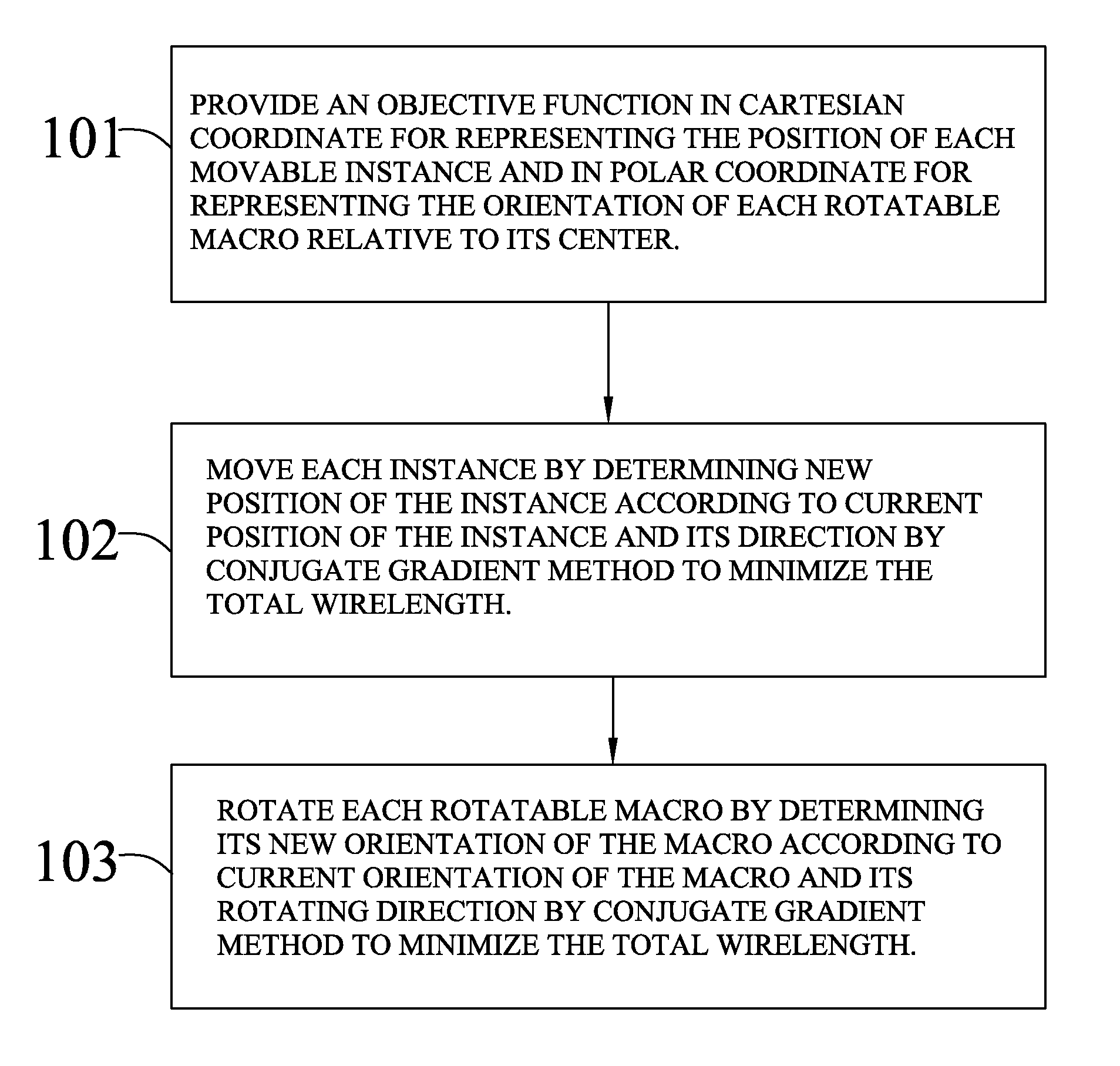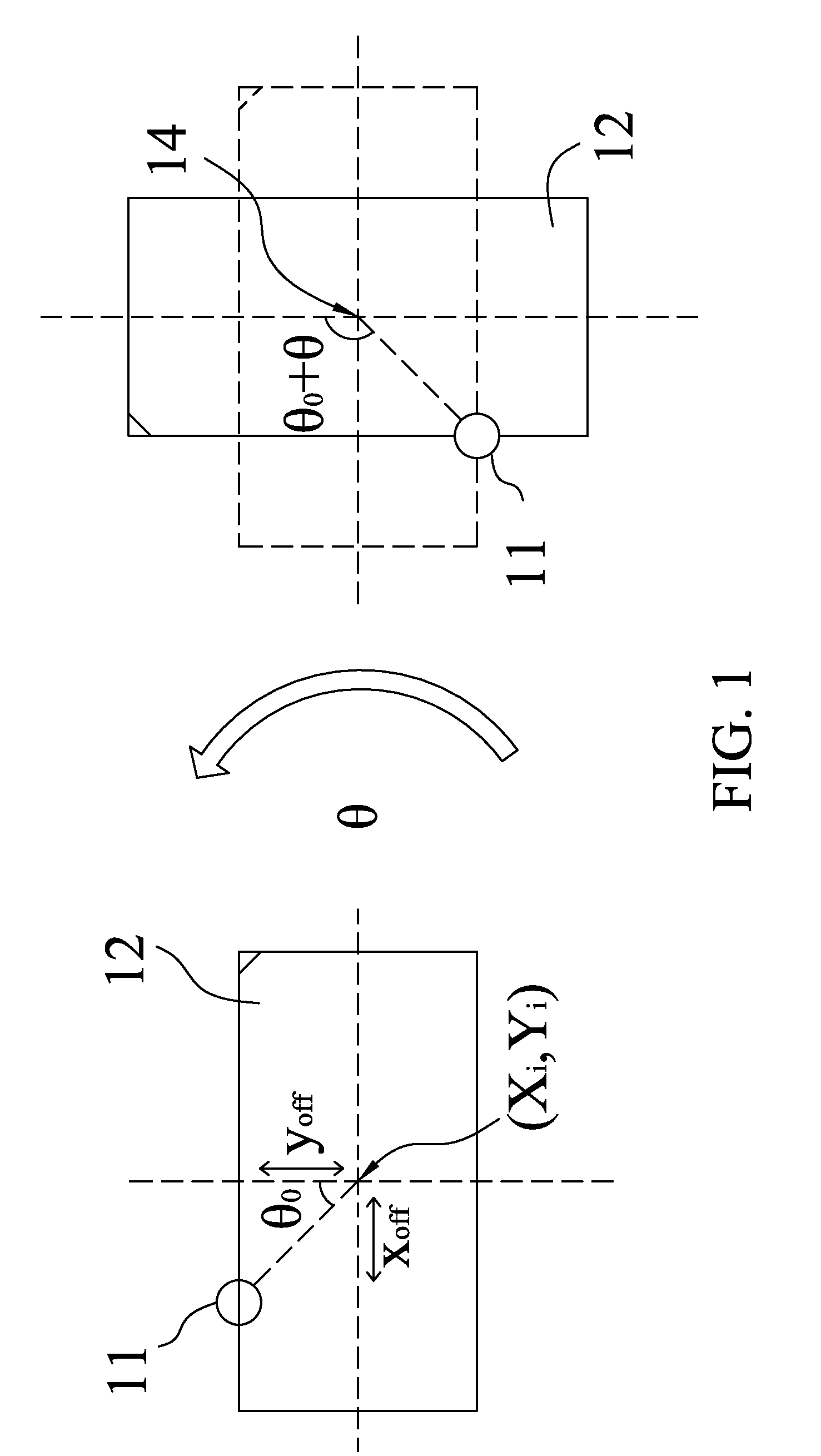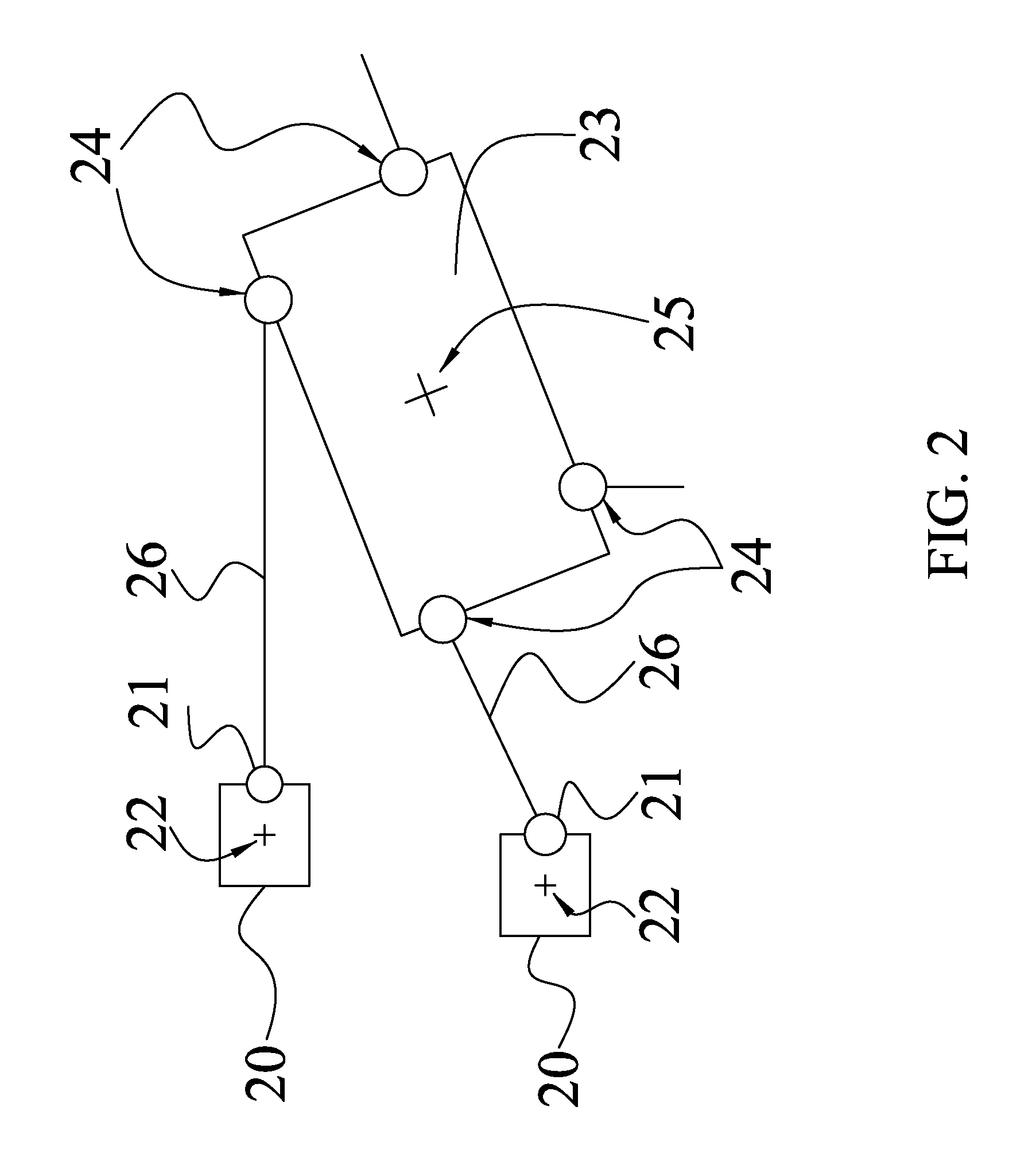Hierarchy-based analytical placement method capable of macro rotation within an integrated circuit
a technology of integrated circuits and hierarchy, applied in the direction of software simulation/interpretation/emulation, instruments, program control, etc., can solve the problems of excessive routing congestion in any region, increased wire length, and difficult routing, so as to minimize the total wire length. , the effect of improving the overall length
- Summary
- Abstract
- Description
- Claims
- Application Information
AI Technical Summary
Benefits of technology
Problems solved by technology
Method used
Image
Examples
Embodiment Construction
[0028]The invention relates to a method for generating a global placement plan specifying positions of cell instances and orientations of macros within an integrated circuit (IC). In particular, how to move and rotate the macros is described.
[0029]To make the following description clear in the present invention, some words inclined to be confusing are defined in the beginning A macro means circuit design of relatively larger size such as static or dynamic memory, which is capable of being moved and rotated during the placement. A cell instance means circuit design of smaller size such as transistors or logic gates. The word “instance” is a global term to represent either a cell instance or a macro instance in the lowest level of hierarchy, or a component block in a level other than the lowest level of hierarchy.
[0030]In the abovementioned U.S. patent application Ser. No. 12 / 168,288, to which the instant application claims the benefit, an objective function consisting of a wirelength...
PUM
 Login to View More
Login to View More Abstract
Description
Claims
Application Information
 Login to View More
Login to View More - R&D
- Intellectual Property
- Life Sciences
- Materials
- Tech Scout
- Unparalleled Data Quality
- Higher Quality Content
- 60% Fewer Hallucinations
Browse by: Latest US Patents, China's latest patents, Technical Efficacy Thesaurus, Application Domain, Technology Topic, Popular Technical Reports.
© 2025 PatSnap. All rights reserved.Legal|Privacy policy|Modern Slavery Act Transparency Statement|Sitemap|About US| Contact US: help@patsnap.com



